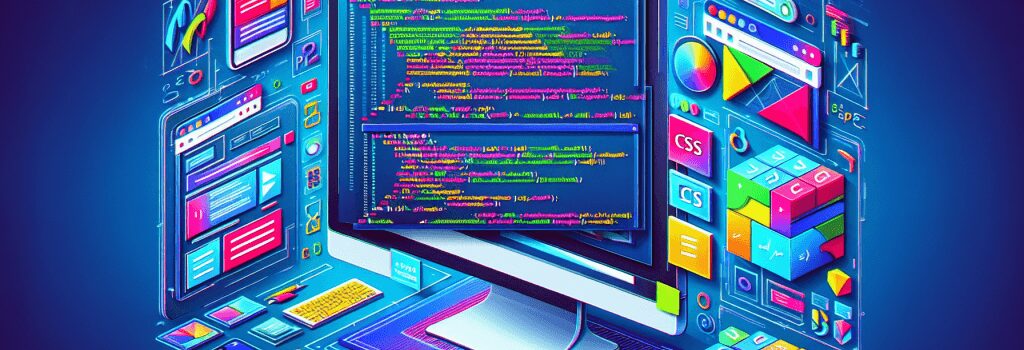The Role of CSS in Modern Web Design

Understanding the Power of CSS in Web Development
CSS, or Cascading Style Sheets, is a cornerstone technology that plays an instrumental role in the design and layout of modern websites. It allows developers and designers to separate content from design, enabling the creation of visually engaging, interactive, and responsive web pages. This article delves into how CSS shapes the user experience and aesthetics of the web, making it an indispensable tool in web development.
The Essence of CSS in Web Design
CSS is the language that defines the presentation of a web page. It controls almost every visual aspect of a site, from typography and colors to grid layouts and animations. By separating content (written in HTML) from style, CSS simplifies web maintenance and ensures consistent styling across different pages of a website.
Enhancing User Experience
One of the primary roles of CSS in modern web design is enhancing the user experience (UX). A well-styled site using CSS can lead to a more engaging and user-friendly website. CSS facilitates the creation of a responsive design, meaning the site can offer an optimal viewing experience across a wide range of devices, from desktops to smartphones. By utilizing media queries, flexbox, and grid layouts, developers can create websites that adjust seamlessly to any screen size, improving accessibility and usability.
Boosting Website Performance
CSS can notably improve a website’s performance. Efficient CSS coding practices, such as minimizing CSS files and using shorthand properties, can reduce the file size of web pages and thus decrease loading times. Faster websites not only provide a better user experience but are also favored in search engine rankings, making CSS an essential tool for SEO optimization.
Encouraging Creativity and Innovation
CSS opens the door to creativity and enables designers to bring their visions to life on the web. With the evolution of CSS3, designers now have access to a wider array of styling features including transitions, animations, and transformations. These features allow for the creation of dynamic user interfaces and sophisticated motion designs that can captivate users and differentiate a website from its competition.
Enhancing Accessibility
Accessibility is a paramount aspect of modern web design, and CSS plays a crucial role in making websites more accessible to users with disabilities. Through careful use of CSS, developers can ensure that websites are navigable and readable by screen readers, and that they support various user preferences, such as high-contrast modes for better visibility.
Conclusion
In the landscape of modern web development, CSS is more than just a tool for styling; it is a powerful language that enhances user experience, boosts performance, encourages creativity, and supports accessibility. As we continue to push the boundaries of web design, the role of CSS will undoubtedly grow, making it an essential skill for web developers and designers alike. Mastering CSS is a critical step towards building sophisticated, responsive, and user-friendly websites that stand out in the digital age.


